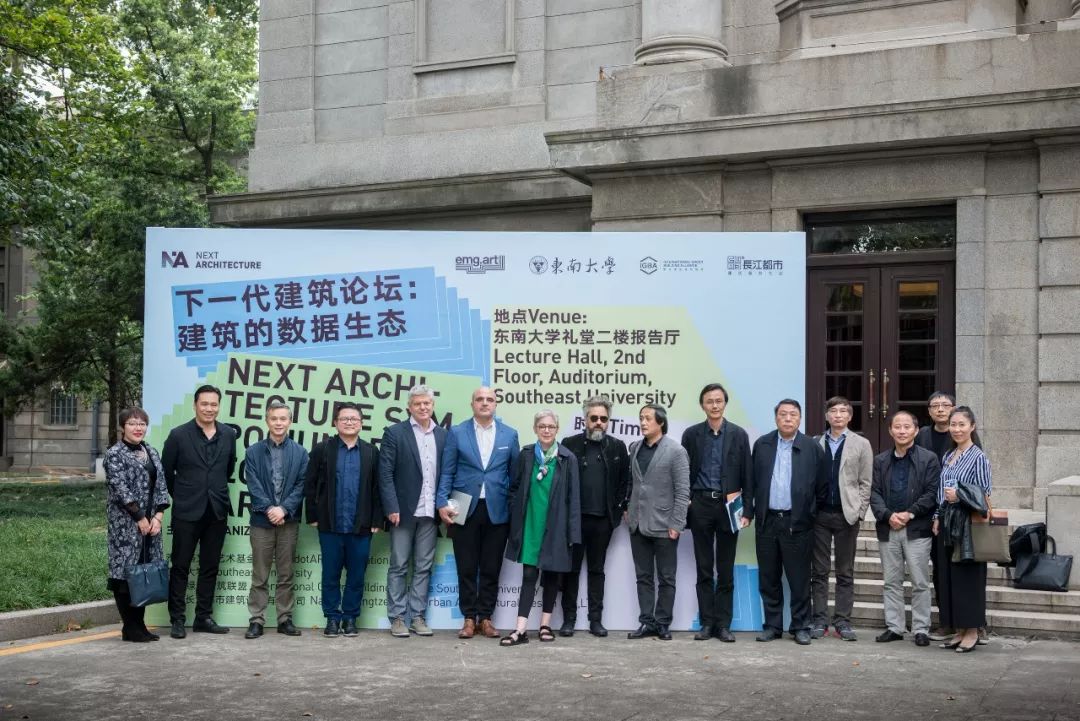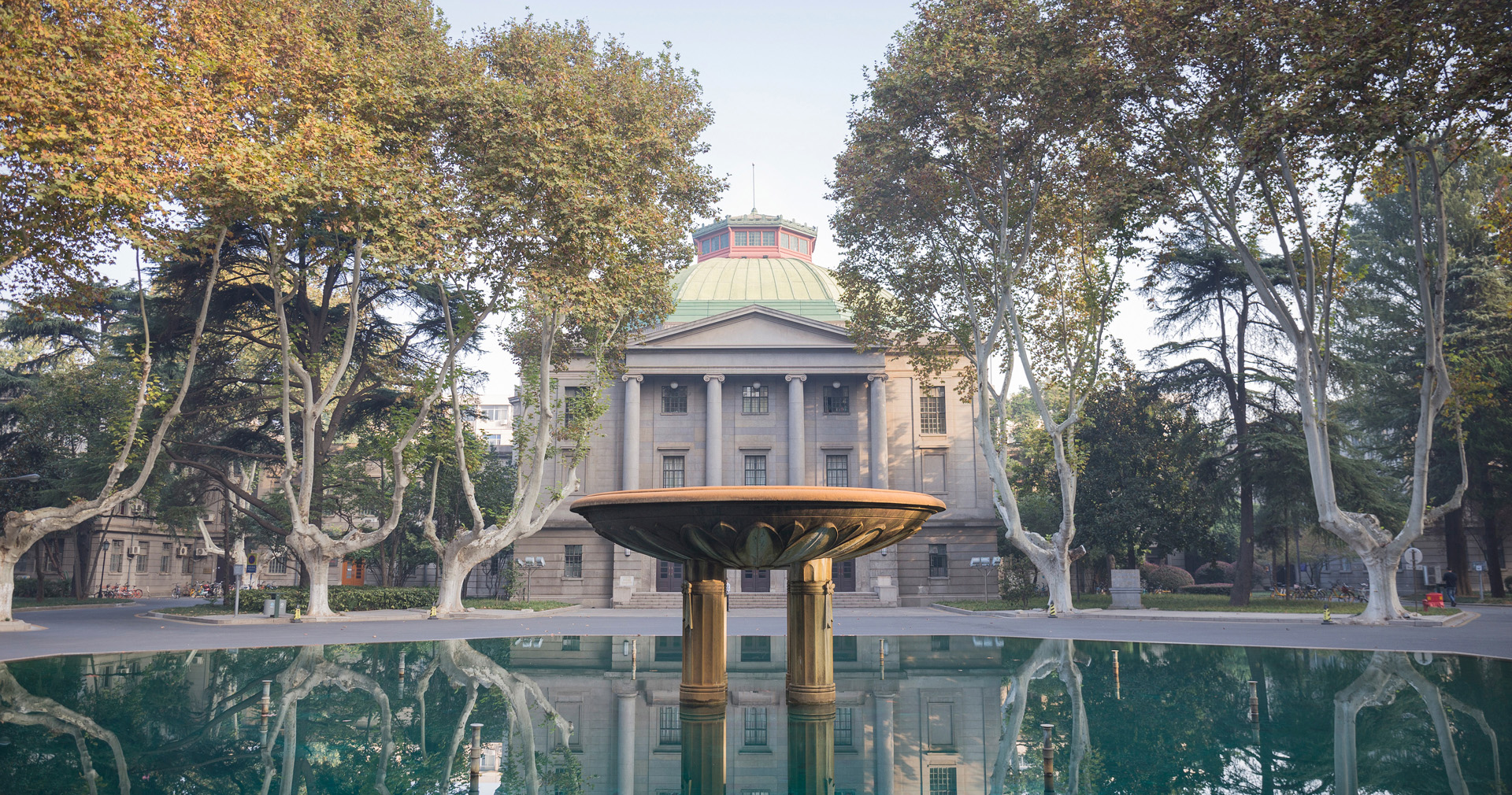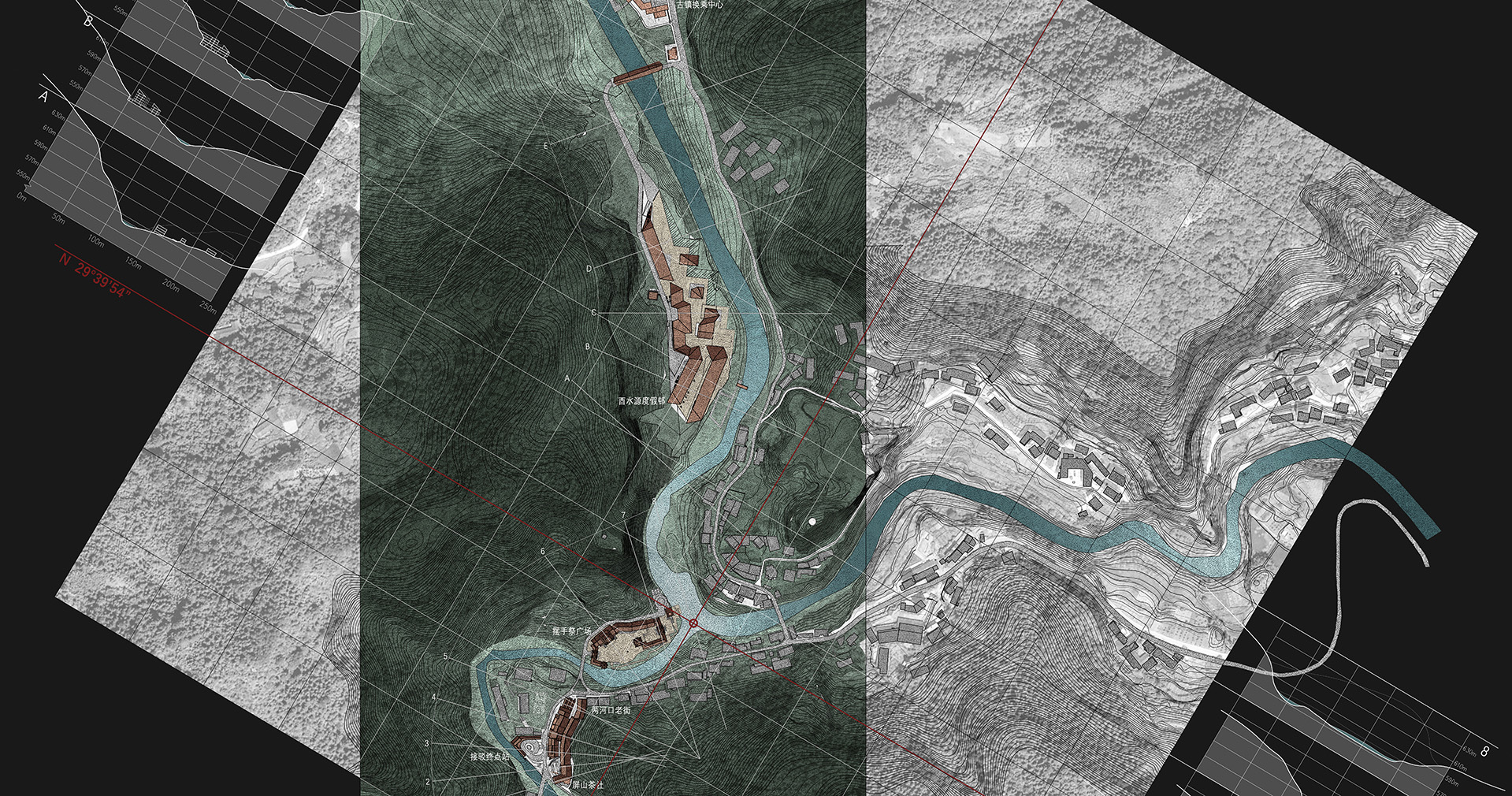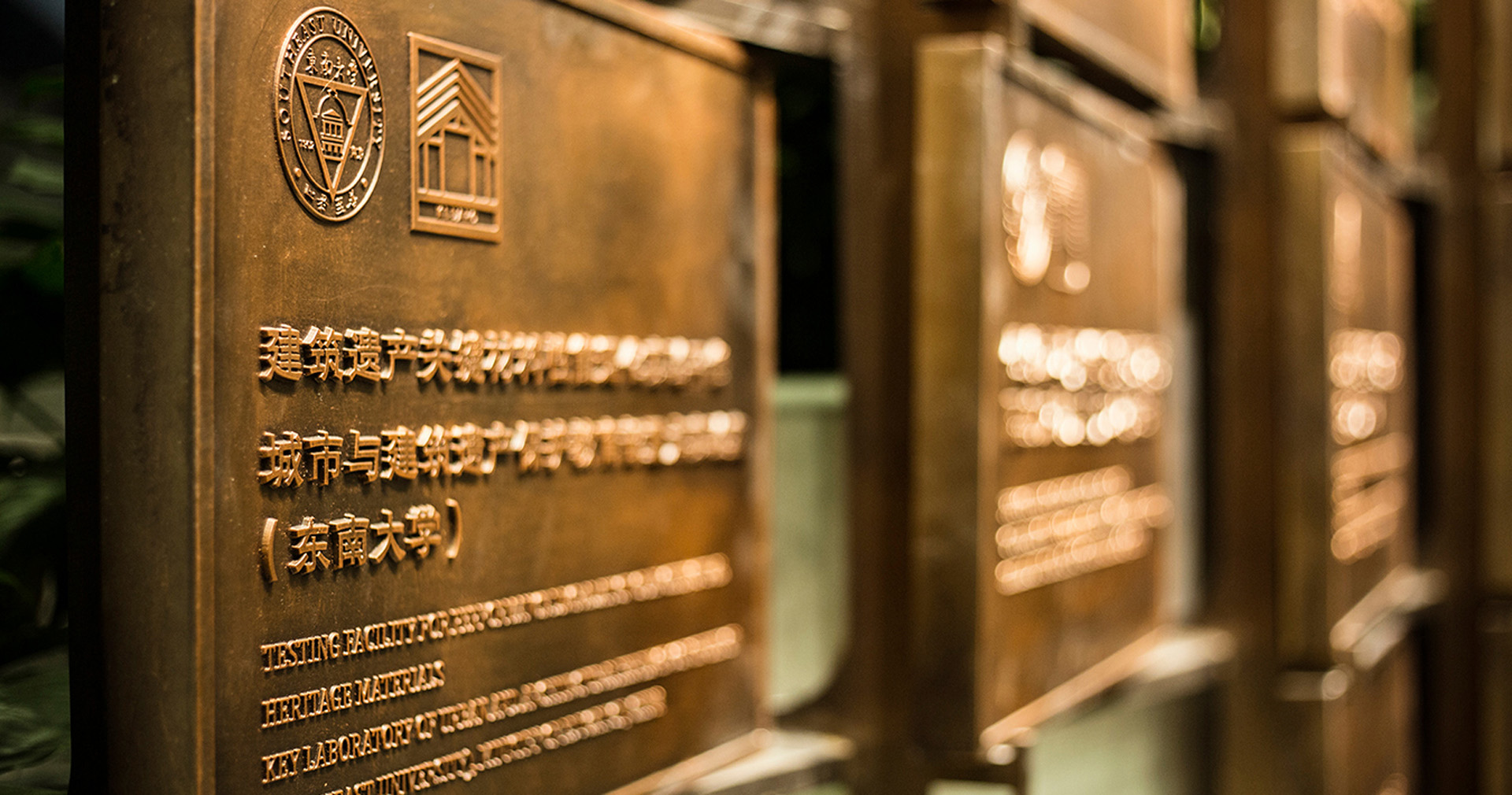
Next Architecture Symposium:Data Ecology in Architecture
 、
、
When building a house is no longer a masonry, but data; when building is both an entry point for data and a platform for data storage and sharing; when data is cyclical between people, buildings, and applications... architecture will be interpreted as a data ecosystem? When a house has a 'living body' mechanism, and it continues to learn and evolve continuously, are we ready to accept its thoughts, actions, and feelings?

With a variety of questions not limited to the above ones, on October 14th, EMGdotART Foundation, Southeast University, International Green Building Alliance and Nanjing Yangtze River Urban Architectural Design CO.,LTD jointly organized the “The Next Architecture Symposium: Data Ecology in Architecture”. World leading architects who could representative the trend of “The Next Architecture' domestically and internationally gather here to share their thoughts, explorations and practices, and jointly look forward to The Next Architecture that is moving towards a data ecology with doubt and excitement.This symposium is also an experience exchange and conceptual relay following the final review of the “Smart Tree: The Future of the Vertical Community” international competition.

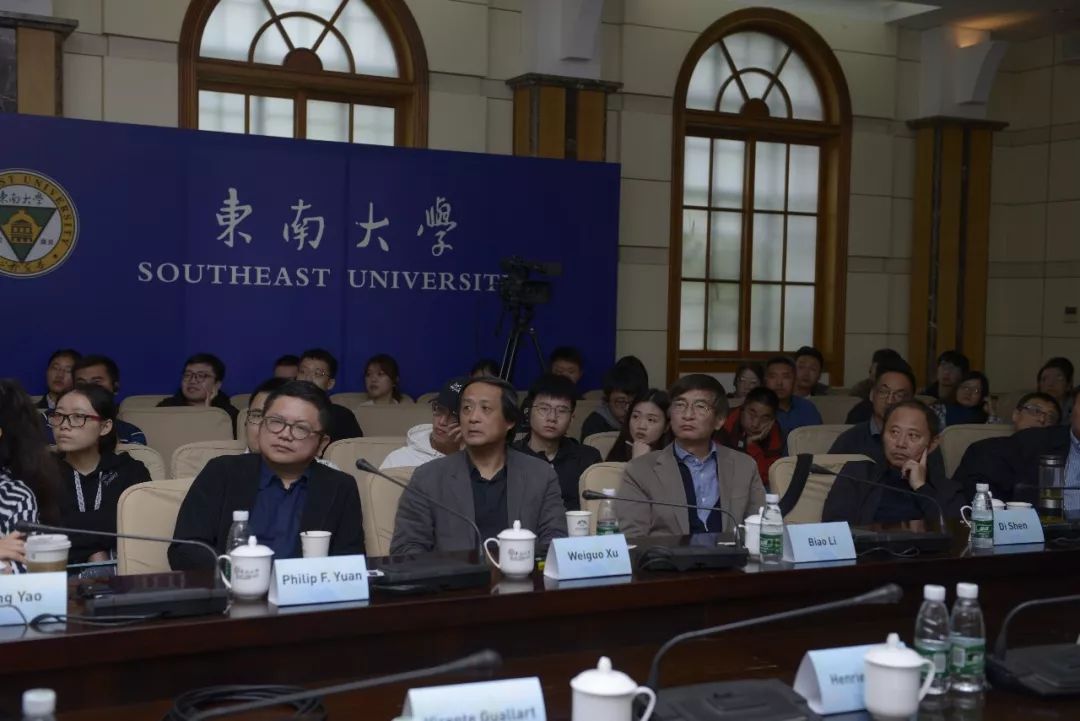
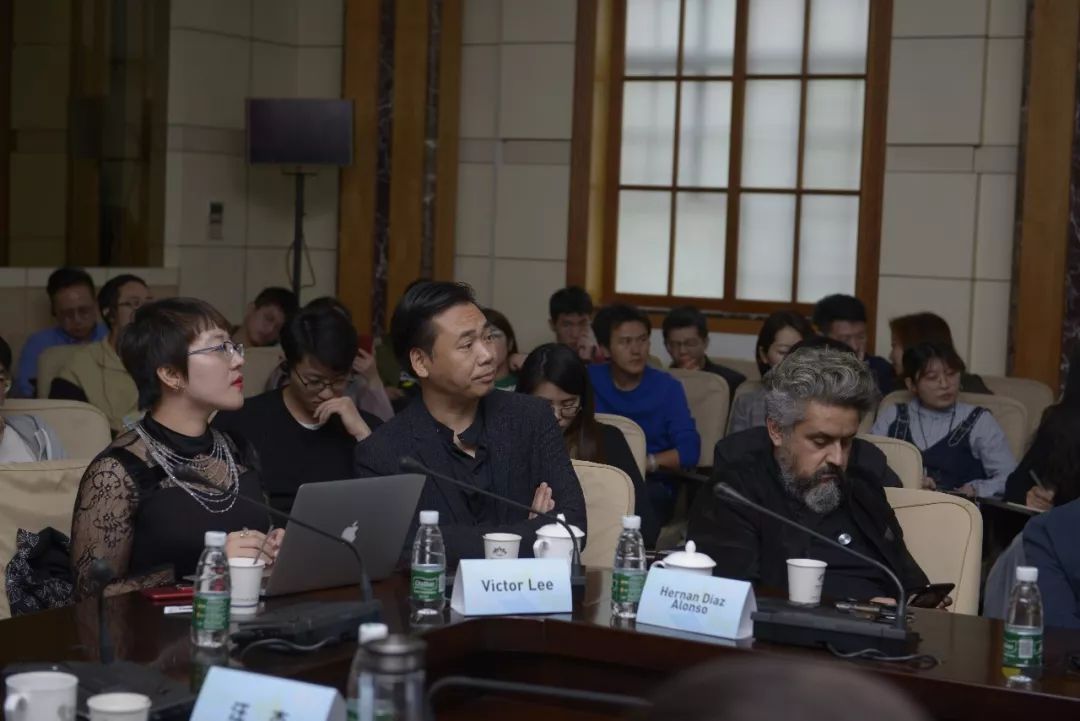


As the former chief architect of Barcelona Municipality, the first head of Urban Habitat, founder of Institute of Advanced Architecture of Catalonia (IAAC), Mr. Vicente Guallart delivered the speech of Advanced Ecological Building. Mr. Vicente Guallart has been committed to the research and practice of advanced ecological architecture.His projects such as Media House, have cooperated with important global companies and integrated with industry, academy and research and have been good case study for “The Next Architecture” program which aims to improve the development of environment, economy and society by innovation and technology integration.The teaching practice of IAAC shows us the development of architecture education from traditional Workshop mode to Studio mode, Lab mode and then into the life mode, which proves a new concept. - 'Life itself is an experiment.”Under this data-supported system, the possibilities of future buildings and the mode of urban development are fully explored, and sights are refocused to the current ecological and environmental energy issues. The city is no longer only a physical city, but an Internet that integrates information, energy and resources, forming a comprehensive form of combination of virtual and reality.

Professor Weiguo XU, Director of the Department of Architecture of Tsinghua University, has always been a leader in the development of digital intelligent architecture, and is a firm practitioner of architectural 3D printing in intelligence construction. His speech elaborates on the impact of new technologies on the architectural design industry, mainly in four areas: virtual reality and augmented reality will change existing design and construction methods, artificial intelligence will be closely integrated with design and construction, and interactive technology will create new building system, 3D printing will create the future of architecture. Afterwards, the research results of 3D concrete printing construction of Tsinghua University (Architectural Institute)-Zoina Land Digital Building Research Center were introduced. He said, 'Intelligent construction' refers to the whole process of construction and the professional use of digital technology to achieve construction goals. Based on this digital flow, the material construction of buildings depends on the Internet and Internet of Things, CNC equipment, 3D printing, Robotic Arm, AR&VR, artificial intelligence and other technologies and machinery to achieve high-precision, high-efficiency, environmentally friendly housing construction and operation services, this new 'digital construction industry chain' is forming.'

Dr. -Ing Henriette H. Bier, Associate Professor at TU Delft and leader of Robotic Building group, lectures at the Next Architecture Symposium on Architecture in the Age of Robotic Building. She challenges contemporary building industry to pick up on advancements in robotics and cyber-physical systems by introducing work implemented with PhD and MSc students at TU Delft and HS Anhalt. The work features exploration into computational design, robotic production, and cyber-physical operation in architecture. Such cyber-physical operation relies on human-robot collaboration and ensures interaction between environment, people, and buildings. Thus challenges in the age of robotic building, involve framing this human-robot collaboration, which is a great opportunity for contemporary architects to identify their strengths and compensate their weaknesses using mechanic intelligence.
Philip F. YUAN, Professor of CAUP, Tongji University, lectures the concept of “Cyborg Fabrication' from his own research and practice. He points out that the development of digital technology cultivated an integrated data system that allows us to be seamlessly connected with tools like digital code and industrial robot. And this system has deeply challenged the traditional way of architectural production by decentralizing human as design subject. However, as New Materialism indicated, the openness of form generation is still essentially relying on the vital agency of human mind. Thus, both computer and robot should be only recognized as our body extension establishing a new relationship between architect and material.
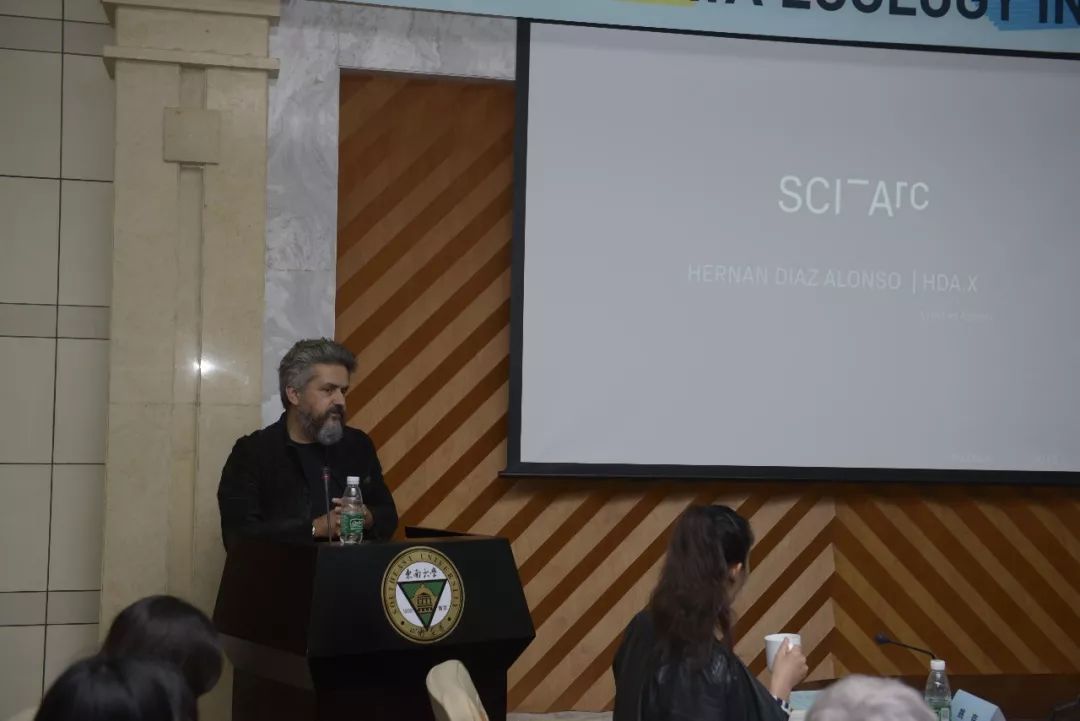
Hernan Diaz Alonso assumed the role of SCI-Arc director and widely credited with spearheading SCI-Arc’s transition to digital technologies.His multidisciplinary practice is praised for its work at the intersection of design, animation, interactive environments, and radical architectural explorations. He lectures that the development of digital technology would bring about new changes in architectural language and architects, and that computing tools would also give rise to new geometric structures. Traditional architecture will embrace new technologies, and computers will emphasize beauty in a more rational way. He suggests that traditional elements can be the basis of free form through a series of examples of images, topological shapes, and popular culture elements. At the same time, some of his cross-border design has greatly improved the power of architecture from the perspective of the combination of architectural art and nature, challenging the existing understanding of architecture. Architecture represents the power of design, and technology enables us to convey this power.

Professor Biao LI, School of Architecture Southeast University, delivers a keynote speech on 'Using Algorithm models to analyze the ‘Black box’ of design '. Based on the numerous cases of architectural digital technology exploration in School of Architecture, Southeast University since 2006, his speech expounds the explicit and implicit potential of the program coding algorithm models in the translation process of subject problems, and calls on strategic thinking of structured technology strategy for the return of discipline origin. The speech involves algorithm models including implicit conversion coding mode based on algorithmic models such as data visualization, mathematical simulation, pattern recognition, topological correlation and multi-agent system, and the implicit translation mechanism of the algorithm models related to architectural methods. Furthermore, it explore the possibility of breaking the limits of human mindset based on big data mining and shaping the new methods of future architecture in the probability space.
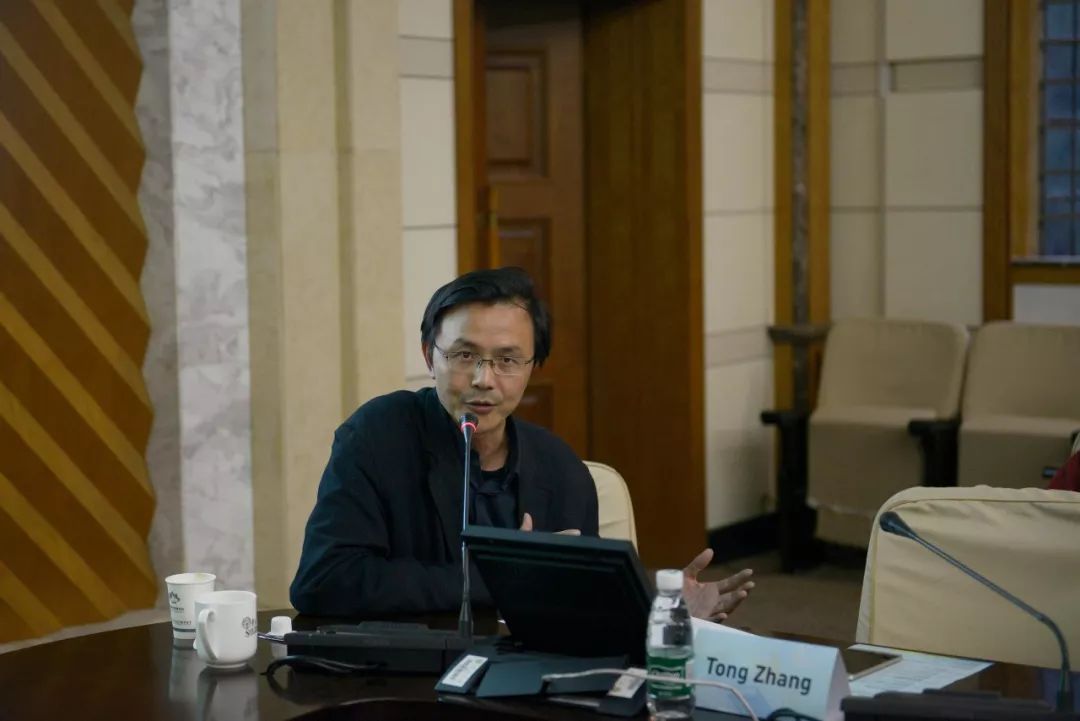
As one of the initiators of “The Next Architecture Symposium: Data Ecology in Architecture”, Professor and Deputy Dean of School of Architecture, Southeast University, Mr. Tong ZHANG expresses that our life and the environment are undergoing tremendous changes. At least we have recognized that the total amount of space and resources is limited, and the environment and climate of earth are undergoing irreversible changes because of human activities, including construction. The rapid iteration and improvement of big data and cloud computing infrastructure has enabled information technology represented by artificial intelligence and the Internet of Things to rapidly change the way we live, think and operate. We will face both the ecological crisis in the environment and the challenge of another “wisdom” from the evolution of data and algorithms.In this context, what changes will happen to building construction as the largest infrastructure to shape the environment and accommodate life? When building a house is no longer a masonry, but data; when building is both an entry point for data and a platform for data storage and sharing; when data is cyclical between people, buildings, and applications... architecture will be interpreted as a data ecosystem? When a house has a 'living body' mechanism, and it continues to learn and evolve continuously, are we ready to accept its thoughts, actions, and feelings?Can we imagine that buildings have detached from spontaneous and disordered inorganic bodies and evolved into an integral part of the natural ecosystem? Thus, the building transcends the binary opposition of nature, participates in the flow of substance and energy in nature, and cooperates with other systems to form a sustainable ecological community.

These issues continue to be extended in the subsequent panel discussion, and panelists continue to interact and build consensus by responding to challenges, sharing experiences, and proposing solutions.
Prof. Tong ZHANG raised the issue: Under the new digital wave, is the core of traditional architecture facing changes, or is it being redefined and shaped? Daniel V. Hayden, architecture affair director of Dissing+Weitling, believes that architects should first have their own belief system. A architect is not only a space creator, but also an experience creator. Computer algorithms are tools that help architects articulate ideas in architecture. Prof. Weiguo XU believes that architects must use digital technology to solve the construction challenges brought about by factors such as demographic changes, so that the construction industry can develop sustainably. Prof. Philip F. YUAN proposes that new technologies provide a new way to reconstruct the architectural discipline. Machines cannot replace human thought and creativity. The human body and the machine should cooperate and develop a symbiotic relationship.Dr. -Ing Henriette Bier hopes that more attention will be placed on new designs exploiting the potential of cyber-physical and robotic technologies. She believes that these technologies are not fully embraced in the current academic and industrial environment, and the technical development within the architectural discipline is still relatively slow. Hernan Diaz Alonso proposes that we should embrace our expertise in being generalists. Prof. Biao LI said that computers or robots are tools used by architects. At the same time, we must respect the power of technology. The intelligence of software will bring intelligent buildings. Victor LEE,Board Director of EMGdotART Foundation, expresses his desire to enhance international exchanges, exchange information, and share information to promote the development of the architecture industry.
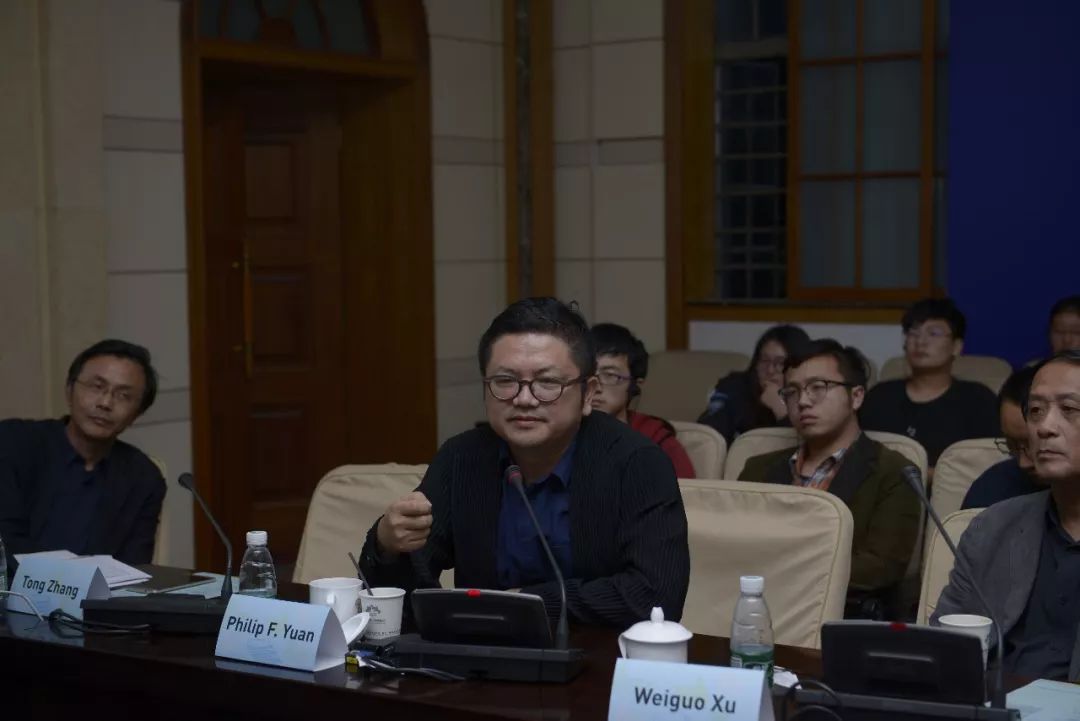

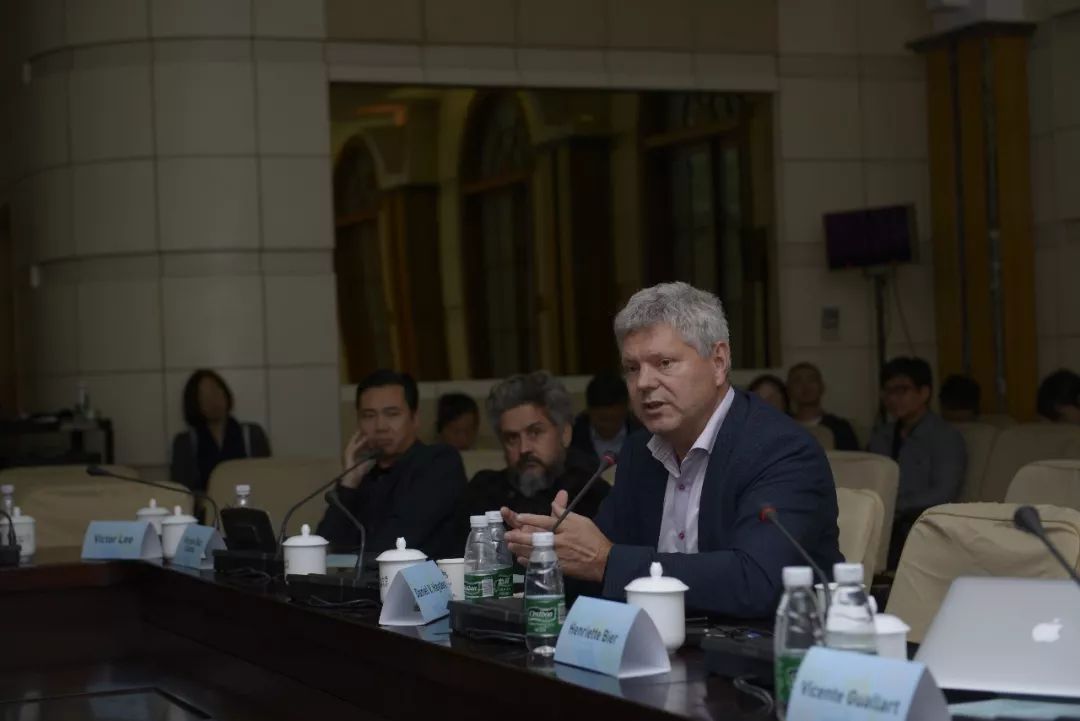

'The Next Architecture” Symposium is a part of “The Next Architecture” Program which is initiated by EMGdotART Foundation and co-founded by DADA(Digital Architecture Design Association of The Architectural Society of China), IAAC ( The institute for Advanced Architecture of Catalonia, Spain) and Urban Regeneration 2050.At the same time, “The Next Architecture” Global Innovation Competition platform based on the concept of global wisdom connection and sharing, focusing on energy and environment solutions by loading new technologies and using big data to create rich Public accessibility, connectivity and Internet of Things, environmental balance and low ecological footprint from a resource perspective, as well as cutting-edge concepts, research, technology, systematic solutions and demonstration projects that pioneer the viable intelligent construction technology.'The Next Architecture” Program believes that the Data Ecology in Architecture can also be interpreted as a personalized terminal that will become a service and information network. Just as mobile phones are smart terminals for network information, architecture will also be the intelligent terminal of our life network. Besides, Data perception from people, equipment, and environment in the building could be the data source and the Internet of Things technology could support the realization of the Internet of Everything, the convergence of data to an open platform, can be open to innovation and entrepreneurs for further development and use.
This Data Ecosystem is always online, providing artificial intelligence service, virtual reality services, supporting innovative people to carry out socialized collaborative innovation in a group-wise way, and generating self-evolving and diverse application services around buildings, continually improving user experience, diversifying lifestyle and enhancing quality of life and creativity.
As one of exploration of Data Ecology in Architecture, Smart Tree Competition: Future Life in a Vertical Community, launched at “The Next Architecture” Global Innovation Competition platform, is co-organized by International Green Building Alliance,Southeast University,Nanjing Yangtze River Urban Architectural Design Co., Ltd. ,The Third Construction Co.,Ltd. of China Construction Eighth Engineering Bureau,Nanjing International Healthcare Area Development & Construction Co., Ltd. and EMGdotART Foundation.The competition focuses on Building No. 3 of the International Healthcare Area Talent Apartment in Jiangbei New Area, Nanjing. A 35.1-meter-high section above the ground floor of the apartment will be utilized as the competition scope.This competition aims to explore and response to ongoing phenomena and life expectancy in densely populated cities in Asia; Energy efficiency solutions for high-rise buildings (such as renewable energy, distributed energy systems, and integrated efficiency of unit module energy use); how to use data-driven design to form the intelligent brain of architecture; how to combine artificial intelligence and Internet of Things technology to explore and respond to spatial patterns and technical application scenarios such as residential, entertainment, research and development, and communication in the era of artificial intelligence; Intelligent construction technology, etc. The main direction of the competition is the Data Ecology in Architecture. The Next Architecture promoted by information technology and environmental technology is different from the previous ones. How to develop the architecture into a life system integrated of design and technology and a artificially constructed system naturally conforms to the natural system of nature, rather than binary opposition, and truly becomes a smart ecosystem in which humans and nature can blend together. On a larger scale, if every single building can have a living body mechanism, then our community and city will also become a smart system with wisdom and life mechanism.
The future is full of calling and inspiration! “The Next Architecture Symposium– The Data Ecology in Architecture” undoubtedly leaded a trend of self evolving , break through the tradition, be innovative, and embrace the profound changes brought about by big data and technological development on a longer time scale and create a new exploration and development way to future architecture.
